I’ve been examining maps on my own and also reading commentary on voting patterns in the southern United States this year, most of which reaffirmed some not-too-surprising facts:
- African-Americans voted overwhelmingly in favor of Barack Obama
- White voters voted substantially less for Obama than did African-American voters
- Racism played a role in some voters’ decision, at least to the extent that some white McCain voters would not support Obama due to his race
As a result of these and other facts, some correlated, some not, some distinctive maps of voting patterns have emerged. One I found interesting (which I will add to this page if I can locate it) showed that while almost the entire country voted more Democratic than in 2004, there was a band through the Middle South stretching from West Virginia to Oklahoma that moved towards the Republicans.
But within the mostly “red” region of the South, there also was a smaller “Blue” band that went for Obama. And here we’re referring to actual percentages, not changes with respect to 2004 voting patterns.
Again, not a terribly big surprise. Population distribution of African-Americans is not even throughout the South; blacks tend to live predominantly in areas where cotton plantations existed during the pre-Civil War era. So, looking back into history a few hundred years, we can see that patterns of plantation distribution and the profoundly regrettable history of slavery contributed directly to the distribution of voting patterns in the 2008 election.
But it goes back a lot farther than that. Why were plantations distributed as they were? Well, that comes back to the soil — a “fertile crescent” of deep black soil through that region. And why does that soil exist as it does, in that particular configuration? This question takes us all the way back to the location of the Atlantic coastline during the Cretaceous Period, 85 million years ago. For a deeper explanation, read on.

